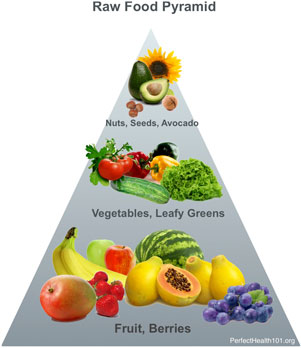02/03/2016 PEARS AND PARABLES
Matthew 7:16 You will know them by their fruits. Are grapes gathered from thorns, or figs from thistles? [Revised Standard translation]
Luke 6:43-44 “No good tree bears bad fruit, nor does a bad tree bear good fruit. Each tree is recognized by its own fruit. People do not pick figs from thornbushes, or grapes from briers….” [New International translation]
Summary
JESUS spoke and taught in parables. He used simple stories to illustrate a spiritual or moral lesson.
Parables cause one to use our “inner” nature. For example, parables generally evoke a visual picture “in our mind’s eye.” There is usually a story, with characters or familiar objects that we can visualize. Like snowflakes, no two visual pictures are the same. Each of us bring our own life experience to visualizing the parable. Our past experiences serve as a backdrop to what we “see” or “do not see.” One person’s “fruit” tree may be different from another’s; one may “see” Concord grapes while another may envision green ones. What each of us brings to the parable, in terms of our “physical” and “spiritual” experiences, may vary.
There are often “layers” to a parable. They cause the hearer to think and ask questions, such as: 1) Why did JESUS tell this parable? 2) What lesson or message is JESUS conveying with this story? 3) Who is the parable directed? Is HE talking to me or is HE talking to someone else? 4) Is the parable a warning? 5) To whom is the warning directed? 9) What does JESUS want HIS listeners (including me) to do?
The impact of a parable may vary. Like a puzzle, some hearers may find their hearts, minds and souls fervently grappling with the parable, searching for its inner meaning. Like a person struggling to solve a cross word puzzle a person may go going over and over it in their mind wanting to do right thing. Other may just ignore the parable and continue on with life as if JESUS never said a word. Others may be “convicted” and pray that the MASTER TEACHER show them the way, the truth and the light.


